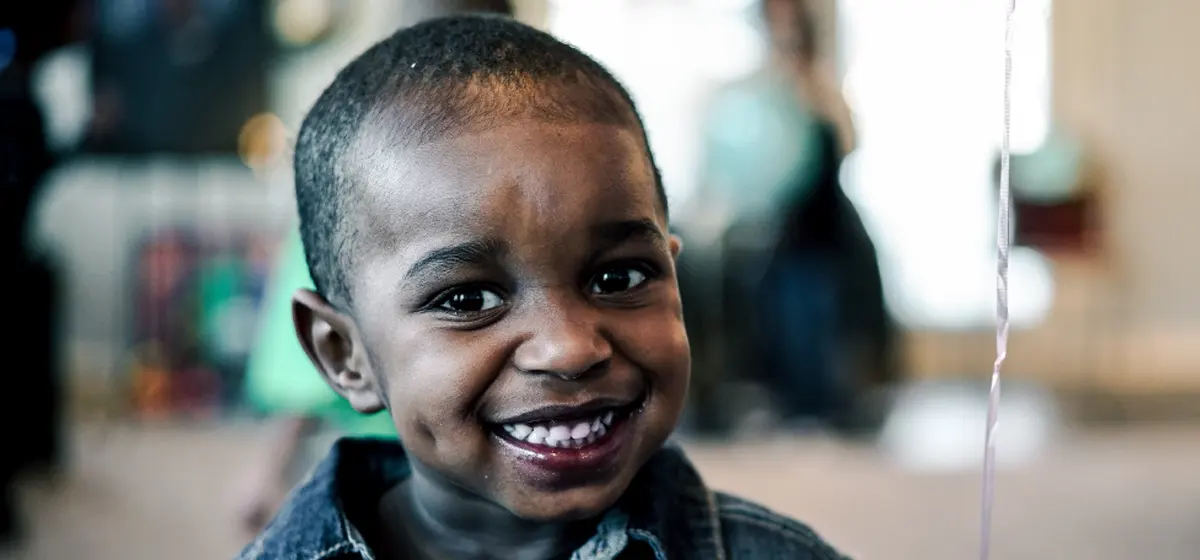Children - Dental Facts

Did you know that children can get a cavity as soon as their first tooth arrives?
It is never too early to start looking after your child's oral health. Even before your child has their first tooth, it is important to begin good oral hygiene habits. Plaque grows in a child's mouth even before they have teeth. The bacteria found in plaque can lead to the development Early Childhood Tooth Decay or ECTD (also known as Early Childhood Caries or Baby Bottle Tooth Decay), so it is important to remove plaque from the child's mouth daily.
What is Early Childhood Tooth Decay (ECTD)?
CTD is a severe type of tooth decay that can affect baby teeth; especially the upper front teeth.
What Causes ECTD?
Food left in the mouth from feeding including milk, juice, drinks and breast milk can lead to the development of ECTD. The sugars found in food combines with the bacteria in plaque to create an acid that damages the enamel of a tooth. The longer and more often food is left in the mouth, the greater chance of developing ECTD.
How can I prevent ECTD from occurring to my child?
Clean your child's mouth and teeth after each feeding. If your child falls asleep while you are feeding him, take the bottle or breast away. Do not fill your child's bottle with sugary liquids. Water is the best liquid to give your child if he or she is thirsty. Pacifiers/ soothers should not be dipped in honey or other sweeteners. Get sealants placed on your children's teeth. A sealant is a clear or tinted plastic covering put on the chewing surfaces of teeth. A sealant acts like a barrier and keeps food from getting stuck in the grooves and pits. This will help to keep teeth free from decay. Sealants can be applied to a tooth as soon as it arrives in the mouth.
How can I check my child's mouth for ECTD?
You can check your child's mouth for ECTD by lifting the lip and checking their teeth. Some signs of tooth decay are: brown or yellow spots on the teeth or "chalky" areas grooves or changes to the front teeth If there are any signs of tooth decay, the child should be examined by a dental professional right away. Early treatment can prevent the problem from getting worse.
How do I clean my child's mouth?
Be prepared! Have a soft, wet cloth (gauze) or facecloth right beside you. Hold the child in your arms. Wrap the damp cloth or gauze around your pointer (index) finger. Gently wipe the child's gums from back to front, rubbing them and taking away any leftover milk or formula. A small wet and soft toothbrush can be used as soon as teeth begin to appear in the child's mouth.
When can I expect my child's baby teeth to come in?
All 20 baby (or primary) teeth should break through (erupt) by the time the child is 2 or 3 years old. Remember every child is different. Some children will get teeth before or after the times you see on this picture.
Why are baby teeth important?
Eating
Strong teeth help to chew and break down food. Once teeth become decayed, chewing can be difficult and painful.
Talking
Teeth play an important role with speech. The tongue uses teeth for positioning and for forming words.
Saving space for adult teeth
Baby teeth hold a space in the mouth for adult teeth. When adult teeth arrive, the baby teeth guide them into the proper spot. Without baby teeth as a guide, the adult teeth could shift into the empty space. This may lead to crowding.
Smiling
Losing teeth too early can have an effect on self esteem.
Can my child clean his own teeth and gums?
If your child can write (not print) his or her name, your child is able to brush their teeth by themselves. If your child can't write his or her name, then your child is not able to properly clean their teeth alone. It is hard for your child to hold and move a toothbrush well enough to reach all areas of his or her mouth. You can help your child to brush his or her teeth. When can I expect my child's adult teeth to come in?